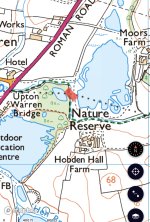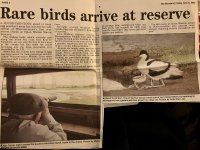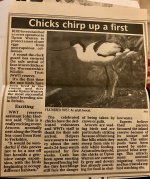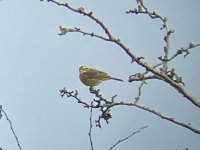Gert Corfield
Well-known member

A pleasant late morning feeling very spring like when the sun appeared. Highlights were;
Flashes - Green Sandpiper, 10 Curlew, 2 Shelduck, 2 Oystercatcher, c70 Lapwing, several Meadow Pipit
Moors - 4 Oystercatcher (making 6 overall),male House Sparrow along the east track per Andy P, Bearded Tit still. Venturing down the public footpath of the Moors to look for Treecreeper I came across a total of 4 Chiffchaff - 3 obvious Chiffchaff feeding together and a 4th fly catching separately with very good plumage indication for Siberian Chiffchaff. Unfortunately it didn’t call which would have clinched it, but worth keeping an eye out
Flashes - Green Sandpiper, 10 Curlew, 2 Shelduck, 2 Oystercatcher, c70 Lapwing, several Meadow Pipit
Moors - 4 Oystercatcher (making 6 overall),male House Sparrow along the east track per Andy P, Bearded Tit still. Venturing down the public footpath of the Moors to look for Treecreeper I came across a total of 4 Chiffchaff - 3 obvious Chiffchaff feeding together and a 4th fly catching separately with very good plumage indication for Siberian Chiffchaff. Unfortunately it didn’t call which would have clinched it, but worth keeping an eye out
Last edited:








